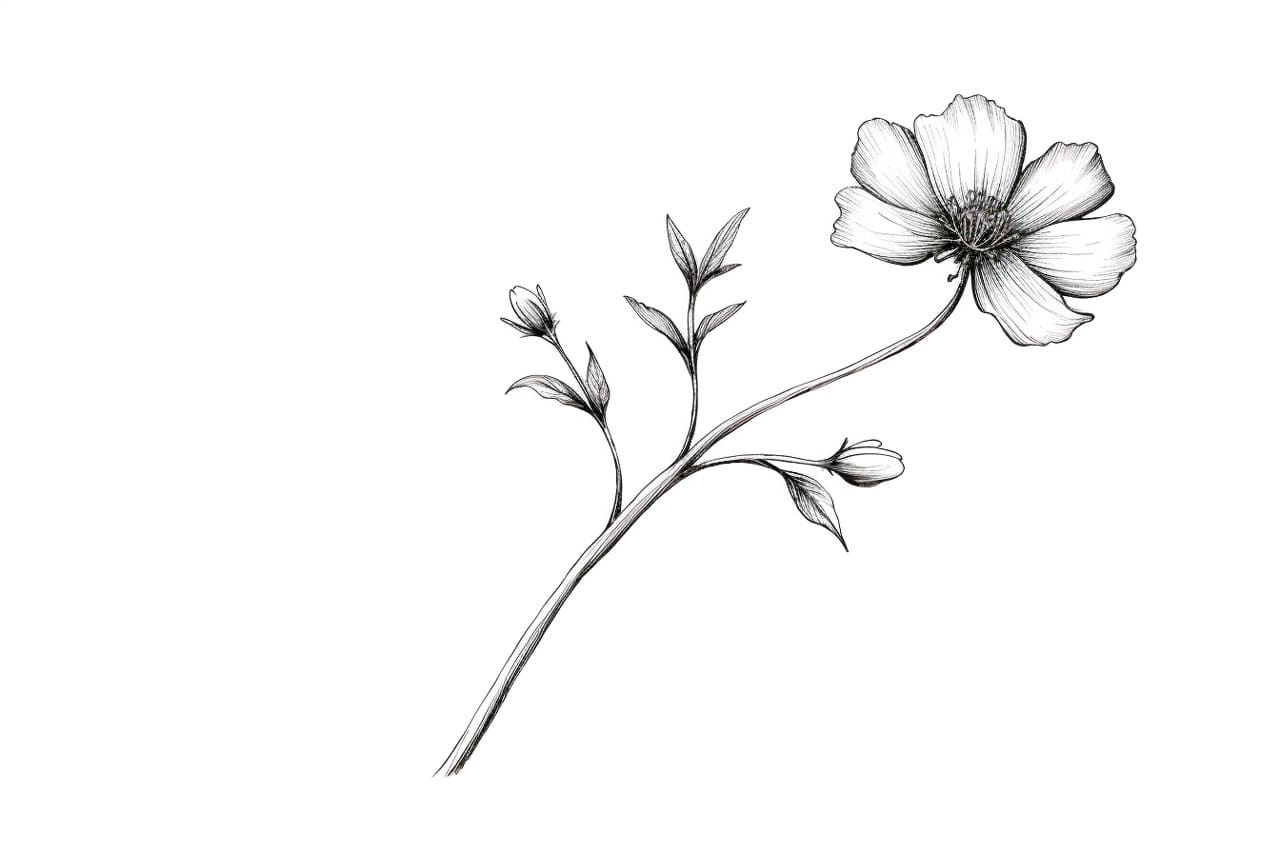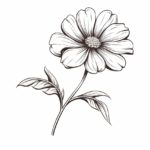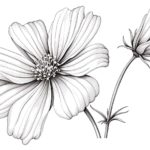Are you interested in learning how to draw a flower stem? Drawing a flower stem might seem challenging initially, but with a few simple steps, you can create a realistic and beautiful stem that will enhance your flower drawings. In this article, I will guide you through the process of how to draw a flower stem, step-by-step. So, grab your drawing tools, and let’s get started!
Materials Required
Before we begin, make sure you have the following materials ready:
- Pencil: Select a pencil with medium hardness, such as an HB or 2B, for drawing the stem.
- Paper: Choose a smooth and sturdy paper that can withstand erasing and shading.
- Eraser: Use a kneaded eraser or any soft eraser for correcting mistakes and adjusting the shading.
Now that you have your materials ready, let’s begin the process of drawing a flower stem.
Step 1: Start with a Vertical Line
To begin, draw a straight vertical line on your paper. This line will serve as the main structure of the stem. Make sure the line is straight and extends from the bottom to the top of your paper.
Step 2: Add Curves to the Stem
Next, add gentle curves to the vertical line to give your stem a natural and organic shape. Imagine the stem bending slightly in different directions. These curves will add depth and interest to your drawing.
Step 3: Create a Bulge for the Leaf Attachment
At the top of the stem, create a small bulge using a gentle curve. This bulge will represent the point where the leaf is attached to the stem. Pay attention to the size and proportion of the bulge, as it should be in harmony with the rest of your drawing.
Step 4: Add Details to the Stem
Now it’s time to add some details to your stem. Start by drawing small lines along the length of the stem to represent texture and ridges. These lines should follow the curves of the stem and give it a more realistic appearance. Don’t worry about making the lines too perfect – slight variations will add character to your drawing.
Step 5: Shade the Stem
To create depth and dimension, shade the stem using your pencil. Start by darkening the areas where the stem curves or overlaps itself, as these areas would naturally be in shadow. Gradually lighten your pencil pressure as you move towards the lighter areas of the stem. Use gentle and even strokes to achieve a smooth shading effect.
Step 6: Add Highlights
To make your stem look even more realistic, add highlights using an eraser. Identify the areas where light hits the stem, such as the top and the edges, and gently erase small patches of graphite. This will create a contrast between the shaded and highlighted areas, making your stem appear three-dimensional.
Conclusion
Congratulations! You have successfully learned how to draw a flower stem. By following these simple steps and using your creativity, you can now incorporate beautiful stems into your flower drawings. Remember to practice regularly to improve your skills. Happy drawing!









